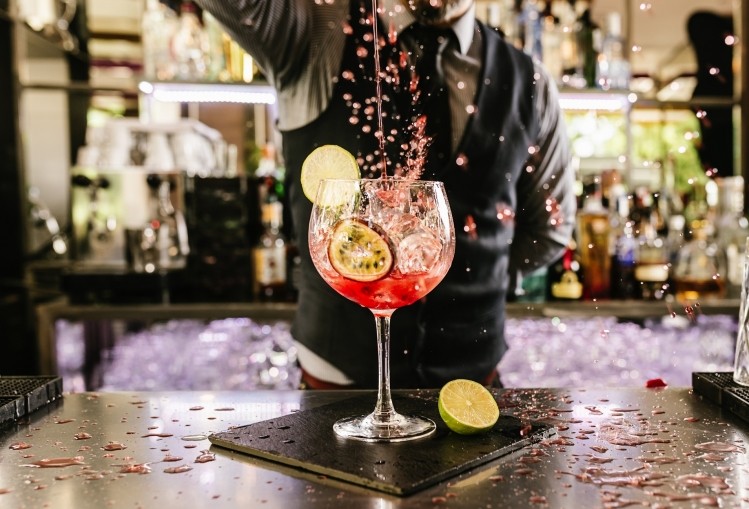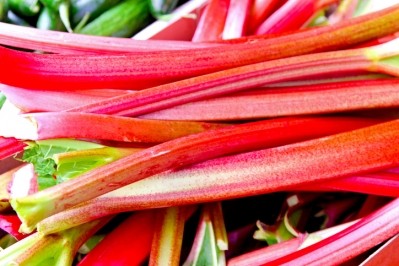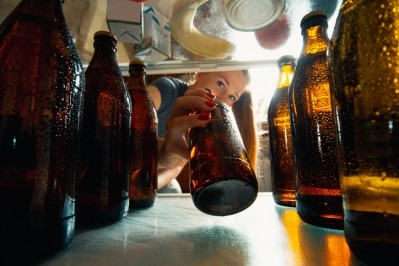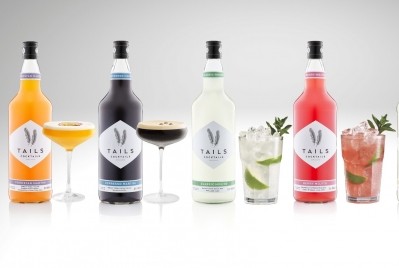Non-alcoholic spirits: Pernod Ricard’s top 4 predictions for the future

The category is still very young - just a few years old - but it’s already come a long way in that time, says Mark Makin, head of New Ventures, for Pernod Ricard UK. The category has ‘enormous scope for growth’, he says – and the brands that continue to learn and innovate will be the ones that remain in the market for years to come.
1) More sophisticated and complex flavours
Sophisticated adult flavours are already an important part of the low and no alcohol world – and this will only continue to grow as technology develops, says Makin.
“There’s no doubt we’ll continue to see more sophisticated and complex flavours emerge to market, through new brands and extensions, the technology around flavour extraction methods and techniques will continue to develop and we’ll continue to learn about those and apply them,” said Makin, speaking at Zenith Global's UK Soft Drinks Conference recently.
Cocktails and vermouths, for example, are popular for their flavour complexity and mouthfeel which is being translated into non-alcoholic equivalents.
2) Choice
In the early days of low to no alcohol, choice was scarce. While non-alcoholic spirits can’t boast the same number of products as its non-alcoholic beer counterpart, the number of products is increasing and will continue to do so. And with them will come new ideas and innovations.
“I don’t see any slowing down in the number of new brands or extensions entering the categories,” said Makin. “And through that, I think new subcategories will form.”
3) Accessibility
The non-alcoholic spirits will continue to become more accessible to a wider range of consumers: particularly with a wider range of choices and formats such as the entry of a number of RTD formats.
But there’s still a way to go on expanding the availability of non-alcoholic spirits, said Makin.
“Certainly in the on-trade there’s job to be done on distribution, generally speaking these are readily available from most online retailers and most grocers now, certainly big stores, but in the on-trade distribution is still quite low. The responsibility lies with us as brand owners and producers and suppliers to support that and develop that.”
4) Functionality
Recently brands have emerged with functional positioning: take for example plant-based blends which draw on the ‘power up’ or ‘wind down’ claims of their ingredients. Makin points this out as a ‘natural progression’ for a category that attracts a health-conscious consumer in the first place.
“I think brands will increasingly focus on functionality. This category attracts a very informed conscious consumer who will be quite interested in natural pick me ups and wind me downs. That area in particular is very exciting, and I think we’ll see lots of innovation emerge through that.”
'Brands that continue to learn and innovate are the ones that have longevity'
Pernod Ricard’s non-alcoholic spirits category in the UK includes Celtic Soul – a blend of sweet vanilla, spices and oak cask wood flavours launched last year; and Ceder’s – a distilled non-alcoholic gin which draws on South African botanicals.
Markin – who heads up the company’s New Ventures division in the UK – says the category has vast potential and could head off in many different directions.
“When you work on a young category, you’re often asked what’s going to happen next and what does the future hold,” he said. “In this particular category, we’re thinking about that every day and working on new things every day.
“And people keep asking the question, because they see there’s still enormous scope for growth here. This is an incredibly young category, less than five years old, but it’s come such a long way in those five years.
“And I think that’s what really excites me about the future - all the different possibilities. I think the brands that lean into change and continue to test and continue to learn and innovate and develop new things will be the ones that have longevity and will still be here in a very long time. Brands that exist at the moment and aren’t doing that or perhaps can’t do it quick enough will be the ones that stand still or fall by the wayside. Things are just moving so fast.”







